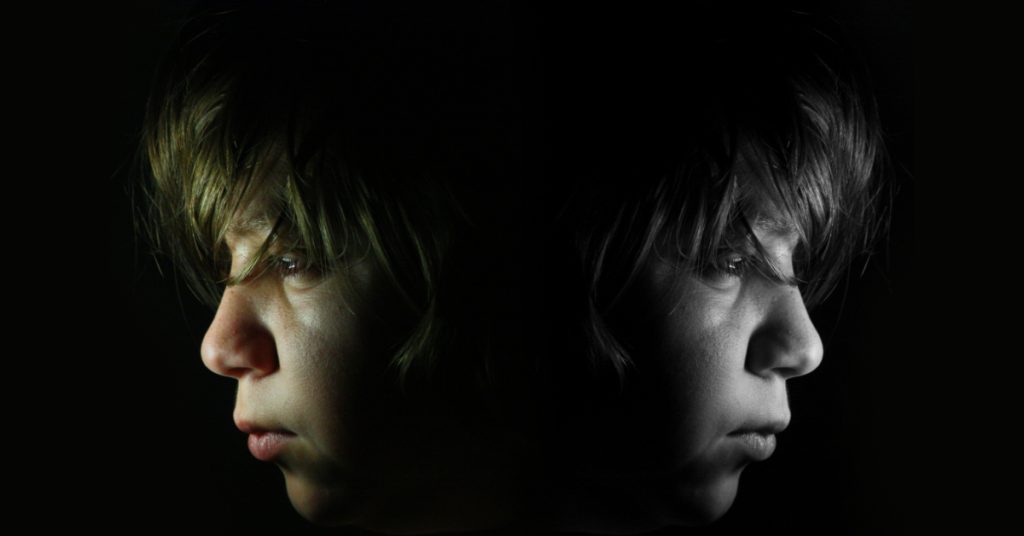
Society reacts quickly, but between punishment and understanding lies a grey area we often avoid.
Let’s look closer at the uncomfortable truths we tend to overlook, and ask: where does real justice lie?
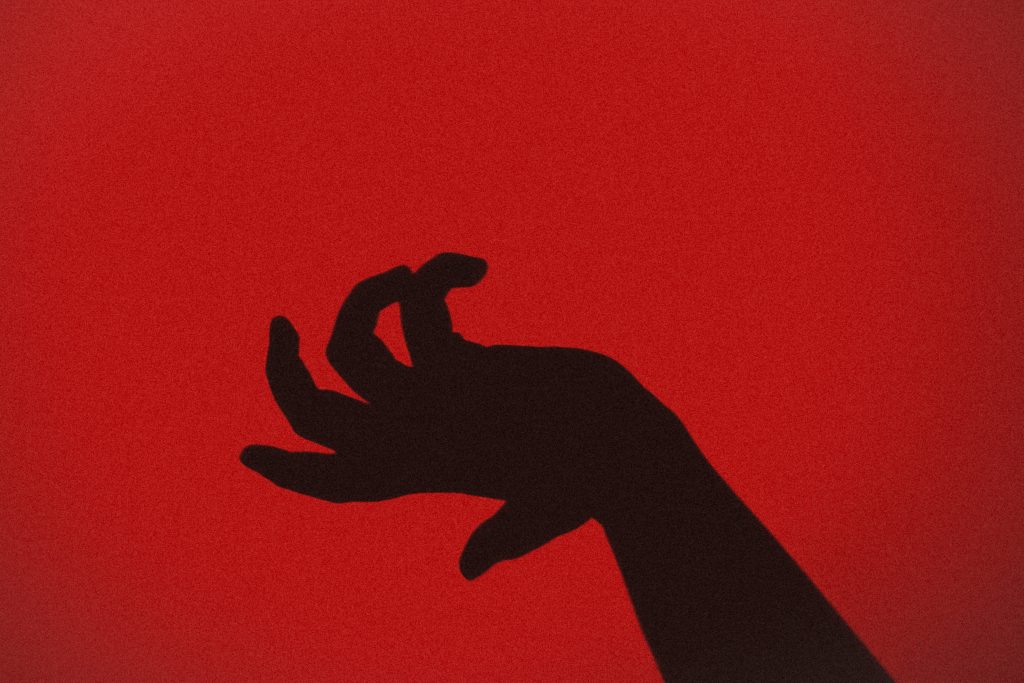
Who’s Really on Trial?
The Offence or the Circumstance?
When a child commits a crime, our first instinct is to treat them like adults — in courtrooms and in headlines.
But the real question isn’t just what they did. It’s why.
Behind many such acts are stories of poverty, abuse, neglect, or fear, not just malice.
Where Does Justice End — and Punishment Begin?
Is the Goal Discipline or Damage Control?
Juvenile justice should aim to reform, not condemn.
Studies show that proper rehabilitation — with therapy, education, and structure — drastically reduces reoffending.
But overcrowded shelters and untrained staff often leave children worse off than they were when they came
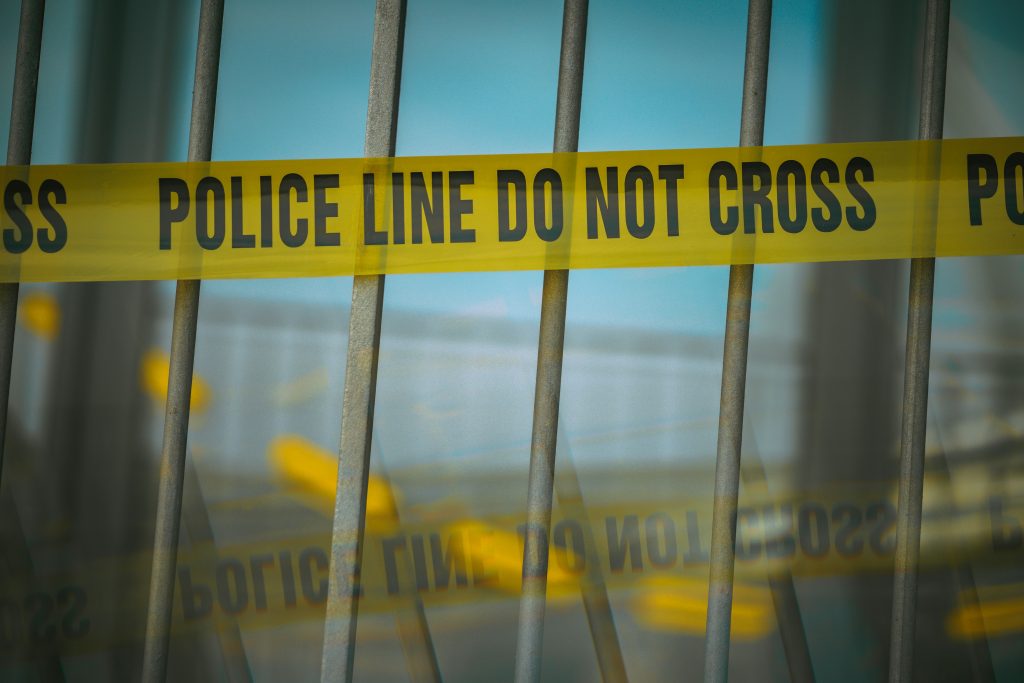
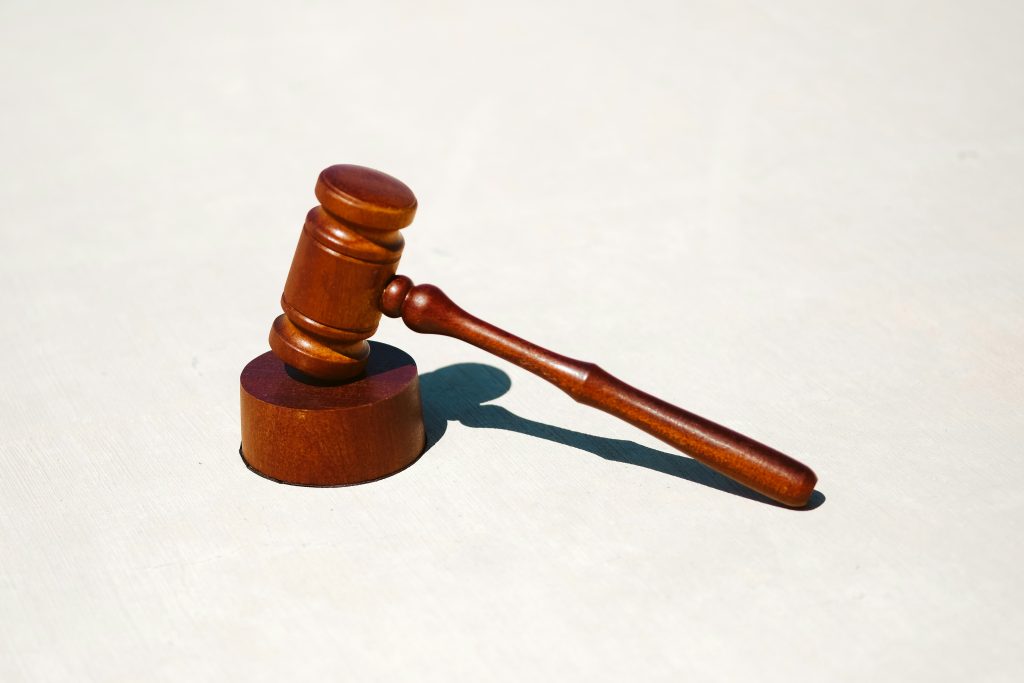
Who Bears the Weight of Responsibility?
The Child or the Adults Around Them?
Adolescents aren’t wired for reasoned choices — science tells us they act on emotion, impulse, and influence.
They need support, not sentencing. Guidance, not guilt.
What’s the Real Solution?
A System That Labels for Life — or One That Leads Back to Hope?
A system that labels individuals for life traps them in cycles of stigma and exclusion, offering no path to redemption. True justice should focus on rehabilitation, not lifelong punishment.
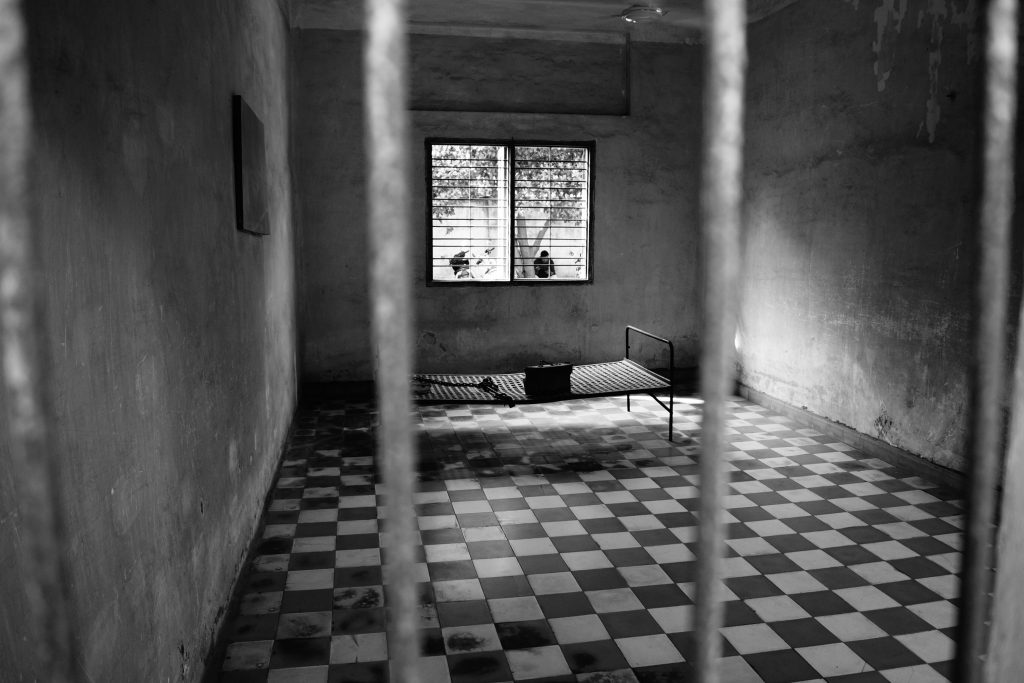
Juvenile justice shouldn’t just ask what was done, but why. True justice balances accountability with understanding — not to excuse, but to prevent. A system that leads with empathy and structure offers not just punishment, but a path forward.
Recommended read on the topic:
















